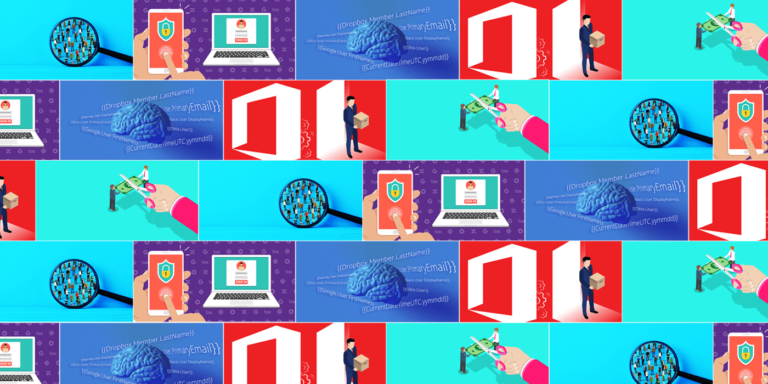
Empowering, educating, celebrating, and delighting the modern IT professional.
Featured article
How to automatically provision and deprovision PandaDoc accounts
Automate PandaDoc onboarding & offboarding with BetterCloud workflows. Cut manual IT work, enforce RBAC, and secure data with file governance.
2025 BetterCloud wrapped
Recap the year! Explore New BetterCloud integrations for 2025, expanded license reclamation, and the new User Automation dashboard real-time updates visibility.
Read moreOptimize SaaS usage: How to prevent shelfware with software asset management strategies
Learn how to optimize SaaS usage using software asset management and application portfolio management to slash costs, prevent shelfware, and improve license ROI.
Read moreHow to automate file security in a SaaS management platform
Deploy zero-touch file security. Learn how to automate file security in an SMP, the top file security automation software to secure your SaaS files.
Read moreTools to keep software expenses under control
Cut SaaS waste, reclaim licenses, and nail renewals. Build a modern expense toolkit—powered by a SaaS Management Platform—for full spend control.
Read moreBetterCloud ranks in 175 G2 reports for Winter 2026
See why BetterCloud is a G2 Winter 2026 Leader. Automate onboarding/offboarding, secure files & optimize SaaS spend. Explore the platform & request a demo.
Read moreProduct Tip Tuesday: 5 things you’re not doing with BetterCloud (that you should be)
Unlock the full power of BetterCloud with advanced SaaS automation, MFA enforcement, conditional workflows, Slack self-service, and automated license reclamation.
Read moreConquering SaaS license management: The playbook to reclaim 25% of your budget and dominate the AI era
Unleash SaaS license reclamation, rightsizing, and optimization for better management and save 25% in year 1 and be AI-ready in 2026 and beyond.
Read moreSigns you need SaaS spend management: Stop the budget leak and gain control
Unused licenses killing your budget? Recognize the signs that you need SaaS spend management. Drive unused software license reclamation, SaaS rightsizing, and more.
Read moreEmpower your workforce: Automated IT self service is here
Automated IT self service made easy! BetterCloud’s Self-Service Agent & Wait for Approvals in Slack reduce IT workload, and empower employees.
Read moreSaaS management platforms and API integrations
Explore SaaS management platforms and API integrations! Learn what an API in SaaS management is and how to use it for custom integrations to master shadow IT visibility.
Read moreHow to keep data sensitive safe with automated offboarding
Learn how to keep data safe: tips on how to build an offboarding workflow for safe automated offboarding and insider threat mitigation. Protect your data now.
Read moreSaaS security: A complete best practices guide
Solve SaaS security challenges by implementing Zero Trust for SaaS. Our SaaS security best practices and SaaS security checklist guide your proactive defense.
Read more













